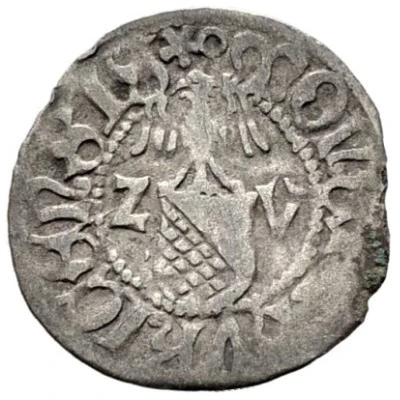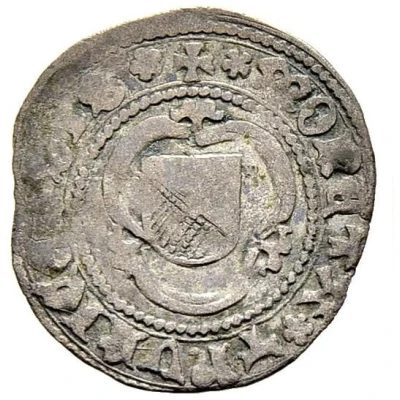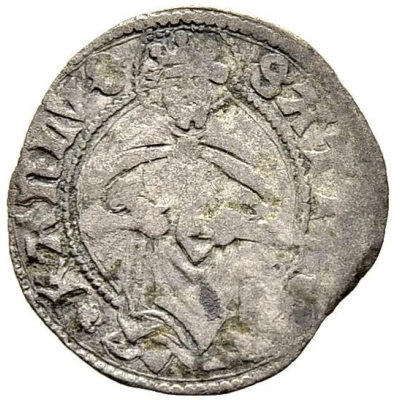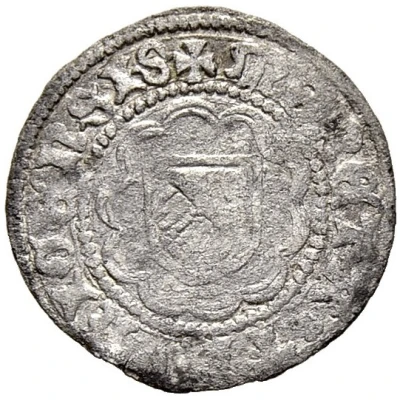
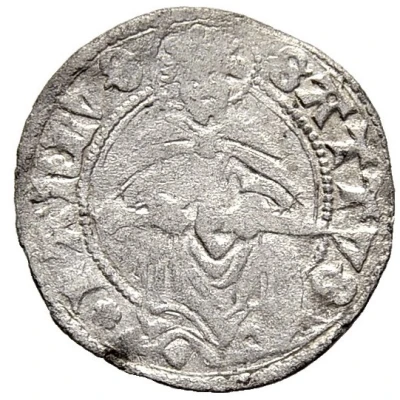

© Sincona AG
½ Plappart Decalobe ND
| Silver (.500) | 0.68 g | 19 mm |
| Issuer | City of Zürich |
|---|---|
| Period | Free imperial city (1218-1648) |
| Type | Standard circulation coin |
| Years | 1424-1450 |
| Value | ½ Plappart = 7 Stäbler (Pfennig) |
| Currency | Pfennig (1417-1487) |
| Composition | Silver (.500) |
| Weight | 0.68 g |
| Diameter | 19 mm |
| Shape | Round (irregular) |
| Technique | Hammered |
| Demonetized | Yes |
| Updated | 2024-10-08 |
| Numista | N#242227 |
|---|---|
| Rarity index | 100% |
Reverse
Front-facing draped crowned and nimbate emperor holding a sword in his lap.
Script: Latin (uncial)
Lettering: SATTVS KARLVS
Lettering (regular font): SATTVS KARLVS
Translation:
Latin (unabridged): Sanctus Karolus.
English: Saint Charles.
Comment
Only one variety of this type is known.⸰ Example #1 (0.68 g; fine):
Auctioned by Sincona AG, Auction 44, 25 October 2017, Lot 6027. Sold for 4,500 CHF.
© Sincona AG
Interesting fact
One interesting fact about the ½ Plappart (Decalobe) coin from the City of Zürich is that it was used as a form of currency during the Renaissance period in Europe, specifically in the 15th century. It was a small silver coin that was valued at half a Plappart, which was the standard unit of currency in Zürich at the time. Despite its small value, the coin was still made of silver, which gave it a level of durability and value that was not typically found in coins of similar value. This coin is a rare and interesting piece of history that provides insight into the economic and monetary systems of Renaissance Europe.
